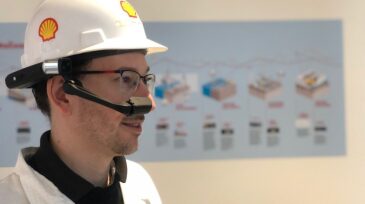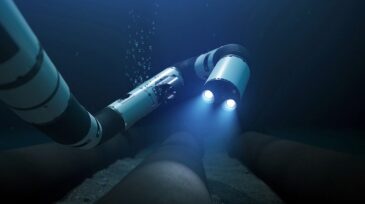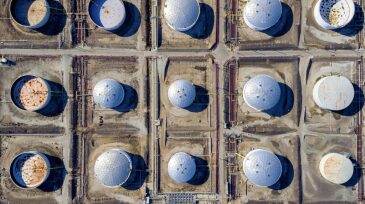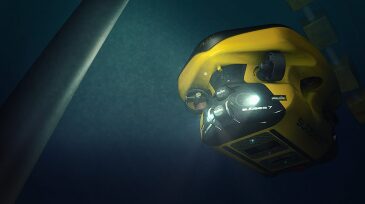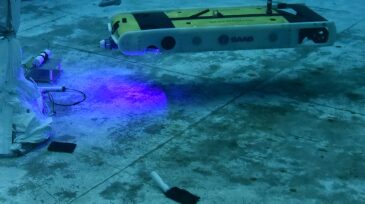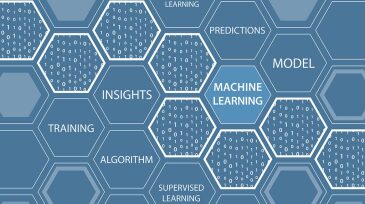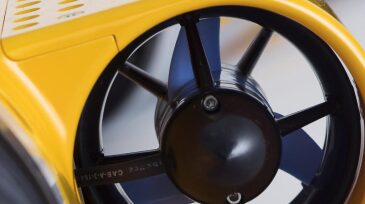Inspection/maintenance
The USV Challenger will be remotely controlled from shore and will be equipped with multiple autonomous features.
SLB is introducing a new electric well-control system to replace larger conventional, fluid‑controlled hydraulic equipment.
This paper describes the operator’s digital-twin end-to-end production system deployed for model-based surveillance and optimization.
-
This digital deal is helping to make augmented reality a new reality for oil and gas operations.
-
Called Eelume, the underwater drone will perform subsea inspection, maintenance, and repair work.
-
The need to optimize tank turnaround schedules is as great as it has ever been within the midstream sector, but traditional human-based tank inspections often cut into uptime while introducing safety risks. New robotic applications aim to alleviate these issues.
-
As we move to digitize our visual inspections with a variety of image-capture devices, fully understanding the strengths and limitations of the approach is important to move truly from a qualitative to a quantitative assessment with confidence.
-
Subsea inspection/repair/maintenance services have traditionally relied on vessel-based, ROV, or diver operations. In the longer term, identifying significant incremental savings in these operations is not sustainable and an innovative approach deploying digital technologies is being investigated.
-
This paper focuses on compressor systems associated with major production deferments. An advanced machine-learning approach is presented for determining anomalous behavior to predict a potential trip and probable root cause with sufficient warning to allow for intervention.
-
ROVs dominate the world of subsea inspections, maintenance, and repair, but as operators work in a post-downturn economy, autonomous systems have become more in demand. Autonomous inspections are possible today, but how can they help with light and heavy intervention?
-
Remote condition monitoring of offshore platform equipment tracks performance data, watching for deviations from baseline benchmarks. Unexpected variances can be investigated and serviced by technicians dispatched to target the root causes—an approach called condition-based maintenance.
-
Machine learning and artificial intelligence technology offer offshore operators the chance to automate high-cost, error-prone tasks to avoid the effects of inconsistency and errors in analysis, improving efficiencies and safety.
-
As operators look for cost-efficient ways to address the challenges in facility maintenance and deepwater exploration, autonomous underwater vehicles are being developed for complex data gathering and advanced tasks.




